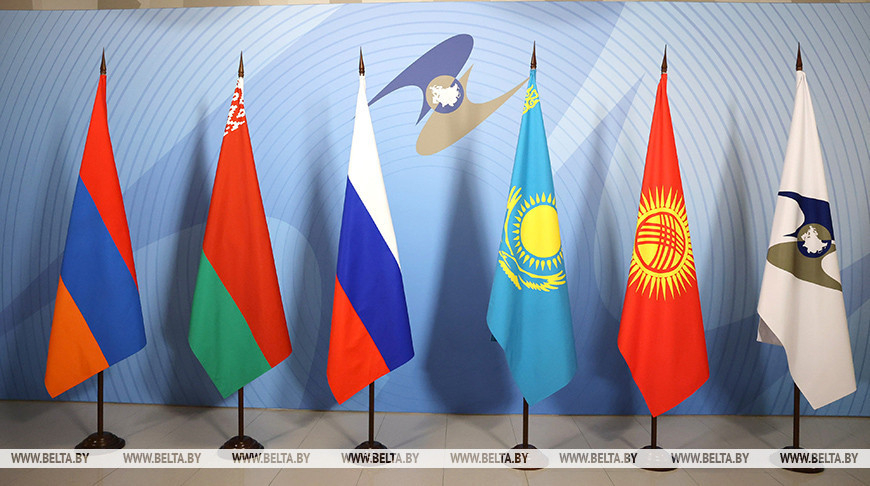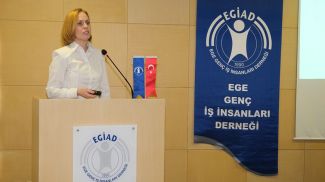
MOSCOW, 15 August (BelTA) – The next session of the Eurasian Intergovernmental Council will take place in Minsk on 29-30 September. The decision was made by the prime ministers of the Eurasian Economic Union countries at a session of the Eurasian Intergovernmental Council that took place in Cholpon Ata, Kyrgyzstan on 14-15 August under the chairmanship of Prime Minister of Belarus Aleksandr Turchin, the press service of the Eurasian Economic Commission told BelTA.
Significant matters concerning Eurasian economic integration were discussed at the meeting in Kyrgyzstan. In particular, a report was presented on faster digitization processes in freight transportation by rail inside the Eurasian Economic Union and in trade with third countries. Belarus, Kazakhstan, and Russia have already switched to digital transport documents.
The Eurasian Economic Commission presented a report on the work being done in the Eurasian Economic Union to step up control over the customs cost of imported goods. Positive dynamics was mentioned with regard to how many taxed goods with the customs value below the established risk indicators are covered by customs control.
The prime ministers reviewed an annual report on the collection and redistribution of sums of import customs duties between the Eurasian Economic Union member states. In 2024 the transfers to the state budgets of the EAEU countries amounted to $15.2 billion, nearly 3% up from 2023. It is the highest figure in the last ten years.
The heads of government approved a program on promoting trade on the common exchange-facilitated merchandise market, which full-scale launch is scheduled for 2029. The Eurasian Economic Commission’s annual report on the state of competition on transboundary markets in 2024 was approved.
The Eurasian Intergovernmental Council reconciled concepts of future development of the common markets of medications and medical goods. The documents stipulate the two most important areas of work. The first one is efforts to ensure the quality of manufactured products. The second one is the expansion of interaction of government agencies via appropriate digital platforms.
A five-year plan on implementing approaches to resolving items on the climate agenda within the framework of the Eurasian Economic Union was also presented before the heads of government.













